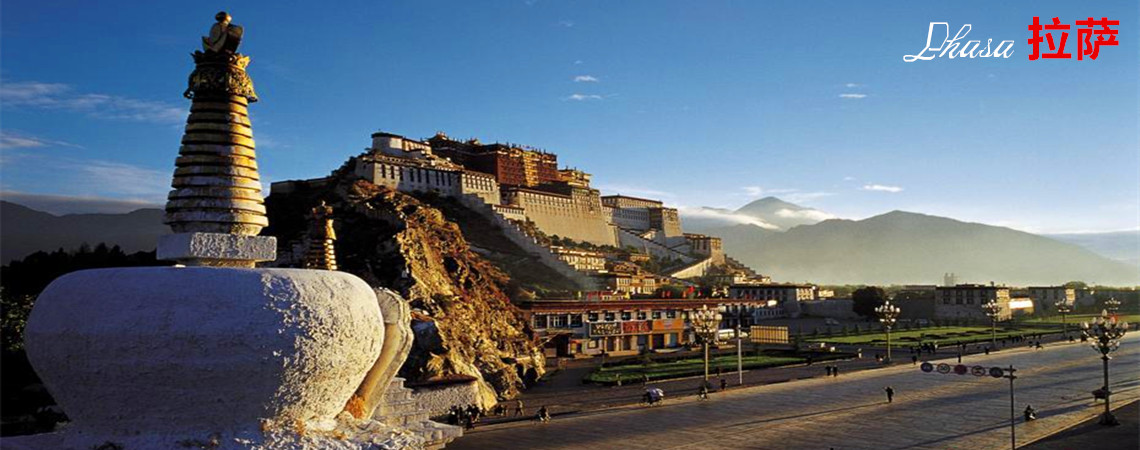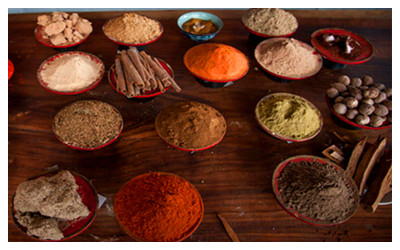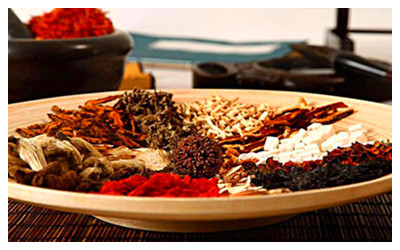Skype: neodalle-travel
Tel: +86 135 7447 2266
E-mail: sales@visitaroundchina.com

History of Tibetan Medicine
 With a history of more than 2,000 years, Tibetan Medicine had already developed into a branch of the medical filed. According to the records, Tibetan had realized the functions of the herbs, animals and minerals on the people’s health since that time. Tibetan medicine dates back to about the 7th century AD at which time the Tibetan ruler, King Songtsen Gampo summoned his court physicians from China, India, and Iran to develop this medicinal system. During this time, one of the famous Tibetan kings, Songsten Gampo, hosted what is now recognized as the First International Conference on Tibetan Medicine in Samye, the original capital of Tibet. He invited many doctors, scholars, and researchers from neighboring countries including Afghanistan, China, Greece, India, Nepal and Persia to exchange valuable knowledge. Since that time, TM also has been considered the essence of medicine because wisdom and unique features of other healing traditions such as Ayurveda, traditional Chinese medicine, and Greek medicine, contributed to TM. Now, please come with us to know more about Tibetan Medicine.
With a history of more than 2,000 years, Tibetan Medicine had already developed into a branch of the medical filed. According to the records, Tibetan had realized the functions of the herbs, animals and minerals on the people’s health since that time. Tibetan medicine dates back to about the 7th century AD at which time the Tibetan ruler, King Songtsen Gampo summoned his court physicians from China, India, and Iran to develop this medicinal system. During this time, one of the famous Tibetan kings, Songsten Gampo, hosted what is now recognized as the First International Conference on Tibetan Medicine in Samye, the original capital of Tibet. He invited many doctors, scholars, and researchers from neighboring countries including Afghanistan, China, Greece, India, Nepal and Persia to exchange valuable knowledge. Since that time, TM also has been considered the essence of medicine because wisdom and unique features of other healing traditions such as Ayurveda, traditional Chinese medicine, and Greek medicine, contributed to TM. Now, please come with us to know more about Tibetan Medicine.
What are made of ?
 Traditional Tibetan medicines are made of natural, precious, rare Tibetan drugs which are grown in the roof of the world under the ecological environment. Here is a brief list of the main Tibetan medical plants. Historically, the Tibetan region has been a great treasure trove of medicinal plants in China. According to preliminary statistics, there are more than one thousand kinds of wild medicinal plants.
Traditional Tibetan medicines are made of natural, precious, rare Tibetan drugs which are grown in the roof of the world under the ecological environment. Here is a brief list of the main Tibetan medical plants. Historically, the Tibetan region has been a great treasure trove of medicinal plants in China. According to preliminary statistics, there are more than one thousand kinds of wild medicinal plants.
Popular at home and abroad valuable medicinal herbs: cordyceps, the bulb of fritillary, pseudo-ginseng, gastrodia elata, glossy ganoderma.
Potential anticancer medicinal plants: cephalotaxus hainanensis, taxus chinensis, podophyllum, dysosma versipellis, arnebia euchroma, sageretia gracilis, crotalaria sessiiflora.
Other traditional Tibetan herbs: fructus amomi, uncaria, gentiana macrophylla, the root bark of the peony tree, pawpaw, Paris polyphylla, ephedra, peach kernel, coptis chinensis, radix bupleuri, angelica sinensis, astragalus membranaceus, radix gentianae, codonopsis pilosul, aconite, rheum officinale, root of chinese barberry, snow lotus herb, schisandra chinensis baill etc.
How Does Tibetan Medicine Work Effectively?
The Qinghai-Tibet plateau, known as "the third pole" on the earth, has an average altitude of more than 4000 meters. It has special natural conditions such as anoxic atmosphere and low temperature, longer sunshine time, strong ultraviolet radiation, large difference in temperature between day and night, complex topography, pollution-free environmental. Under these conditions, only plants that struggle with severe snow, ice and strong winds can survive. Therefore, Tibetan medicine plants can resist cold and drought and receive strong photosynthesis which make the accumulation of pharmacodynamic components high and the medicinal properties unique and strong. Tibetan medicine has the characteristics that are not available to plants in other areas beyond the plateau. This is the important reason why Tibetan medicine is strong and pure and has remarkable curative effect.
Tibetan medicine also has a strong regional color in terms of medication. In addition to hundreds of precious herbs, mineral medicines are often used in bulk in Tibetan formulations. The unique processing technology makes gold, silver, copper, iron, coral and agate all available for medicine. A variety of animals and minerals are rich in metals, minerals and other trace elements that are easily absorbed by the human body. It has become another important reason for the strange curative effect of Tibetan medicine.
Is Tibetan Medicine Safe? What's the Tibetan Medicine Side-effect?
Traditional Tibetan medicine is safe and has no side effects on the body. Because all traditional Tibetan medicine formulations are refined with natural, precious, rare Tibetan drugs which are grown in the roof of the world under the ecological environment. Some rare Tibetan medicine can not only cure disease, but also prevent diseases and protect health.
Can Tibetan Medicine Cure Cancer?
At the moment, Tibetan medicine can be used as a supporting therapy but it is not a substitute to conventional therapies. Tibetan medicine can harmonize the body/mind and humors, enhance the immune function of the human body, and prolong life when the Tibetan therapy has begun in early stage. The treatment method of Tibetan medicine is simple and cause no pain of the patient thus can improve the quality of the patients’ life....More read: Tibetan Mentsekhang Hospital
 Ask Questions ?
Ask Questions ?